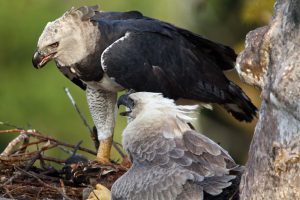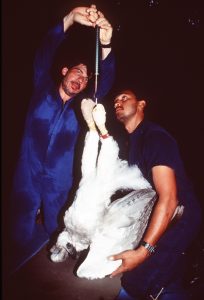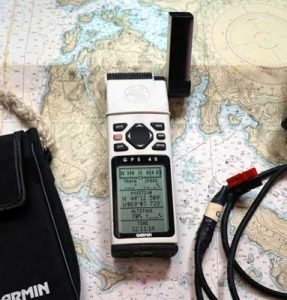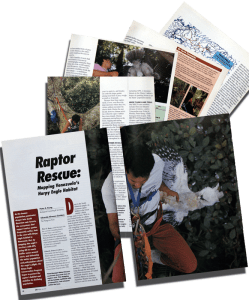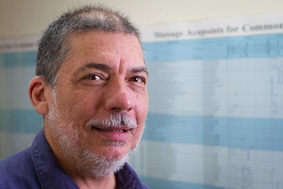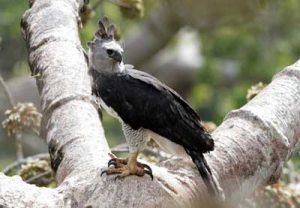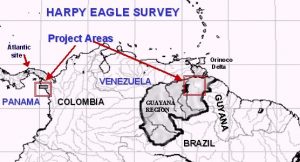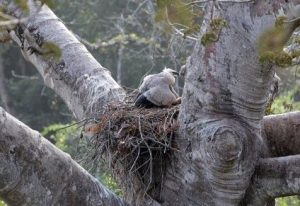A Visual History of EarthMatters

Our Purpose:
In 1997, Peter Küng spearheaded the creation of Earthmatters.org. Since the early 1970’s Peter had contributed with the research of Eduardo Alvarez at the Caroni River basin. In the 1980’s he began mapping the harpy eagle surveys in the Imataca Range of eastern Venezuela. The team’s goal was to expand the study beyond the 30 nests located in Venezuela and 10 found in Panama. We pioneered a georeferenced approach and developed field techniques that allowed for long term observations of the eagles and their natural environments.
We have spent the last 30 years focusing on the harpy eagle, to promote long-term research resulting in the protection of Neotropical forests and their biodiversity. Our projects serve as a point of reference and inspiration to motivate Latin American biologist and naturalists to establish further studies on the harpy and other eagles. We empower local and rural communities through education and facilitate getting them involved in forest restoration and the protection of the species’ natural habitat.
Uniquely, we seek to coexist with, rather than separate humans from one of nature’s top predators. By conserving the harpy eagle we ensure the survival of the species, its prey, its habitat, and the continuation of many of the ecosystem services provided by the rainforest.
EarthMatters.org initiatives provide an excellent means to train researchers, conservationists and natural resource managers to face the problems related to biodiversity at different scales. We recognize that human beings are unavoidably a part of the landscape. Our approach focuses on bottom-up conservation, engaging local communities to embrace the value of the forest and its inhabitants, and using the harpy eagle as a symbol of local and national pride.


